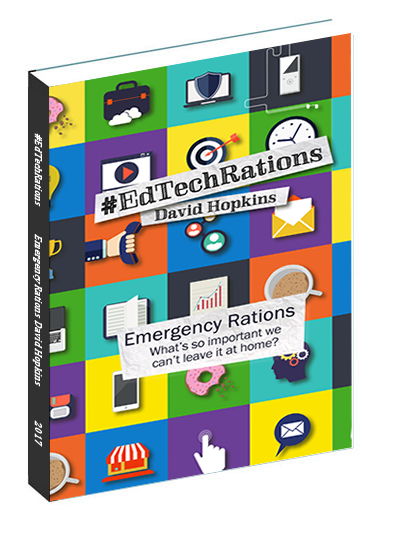The Horizon Report 2014 – Your reviews
The annual feast of what is hot (or not) for the next 1, 2, or 5 years in educational technology has been released. You can access and download the full NMC Horizon Report for Higher Education, 2014, here.
From the contents page you can get enough of an idea of what is in it, namely:
- Social Media & Social Learning
- Flipped Classroom
- Learning Analytics
- Games & Gamification
- Evolution of e- or online-learning
“A key criterion for the inclusion of a topic in this edition is its potential relevance to teaching, learning, and creative inquiry in higher education.”
YouTube: The NMC Horizon Report :: 2014 Higher Education Edition
This year I’m not going to read the report. For one thing it’s too long and I’ve much more important things to be doing with my time. A second is that I’ve been reading other peoples reviews of it, and these are far more interesting and inspiring.
So, looking at (your) reviews this is what I’ve learned.
Inge Ignatia de Ward: NMC horizon #report 2014 on #education in #HighEd
“While reading the challenges I did wonder whether the priorities were complete. I mean, maybe it is not being the best that matters, but getting all on board? Allowing people to grow and reach their own potential, and not necessarily reach the potential society/higher ed is setting out for most of us. Will need to take that up in a more philosophical post later on.”
Faculty Focus: 2014 Horizon Report Identifies Top Ed Tech Trends, Challenges.
“Among the six challenges identified, low digital fluency of faculty and lack of rewards for teaching (as compared to research) are considered the most solvable. the more difficult barriers are competition from new models of education, scaling teaching innovations, expanding access, and keeping education relevant. Meanwhile, experts report the “flipped classroom” and “learning analytics” as important developments with a time-to-adoption horizon of one year or less.”
The Chronicle: 6 Technologies Will Change Colleges in Coming Years, Experts Say
“Blending traditional face-to-face instruction with online, hybrid, and collaborative learning, the panelists said, has “the potential to leverage the online skills learners have already developed independent of academia.” Not only can such blended courses take advantage of the best of both on-campus and online environments, but they offer opportunities for increased collaboration among students at the same time that students are strengthening their digital skills.”
- It is also worth reading the comments on this piece, not least for their stance against the panelists and that fact that the “news is neither new (news) nor very exciting.”
Emily Carr: The NMC Horizon Report: 2014 Higher Education Edition
“Six key trends, six significant challenges, and six emerging technologies are identified across three adoption horizons over the next one to five years, giving campus leaders and practitioners a valuable guide for strategic technology planning. The format of the report is new this year, providing these leaders with more in-depth insight into how the trends and challenges are accelerating and impeding the adoption of educational technology, along with their implications for policy, leadership and practice.”
Peter Reed: Reality of the coming years in TEL – My team sheet!
“I’m sitting here thinking about a way to put this next bit, and like most things, I refer back to football (or soccer if you’re from the US). Many good football teams rely on what is known as a ‘Spine’; that is, strong and reliable players down the centre of the pitch. So this includes a Goalkeeper, a Central Defender, a Central Midfielder and a Striker. These are often the key priorities for teams to get sorted and the other positions can drop into place, or maybe even experiment with. So from an Institutional perspective, the TEL spine will tackle large scale issues that will receive investment if needed, and can have an impact across the board – on entire programmes, etc.”
What do you think about the report? Does it go far enough in it’s investigation and recommendation(s), is it looking the right way, too conservative, or even too radical in it’s identified technologies?



















4 thoughts on “The Horizon Report 2014 – Your reviews”
Comments are closed.